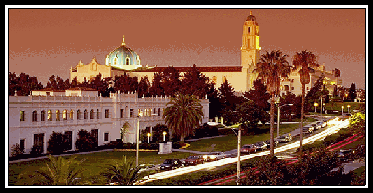
MANAGERIAL DECISION MAKING
 |
| Fall 2003 |
 |
Graduate Business Administration 509 MANAGERIAL DECISION MAKING |
|
|
|
| | HOME | SYLLABUS | CALENDAR | ASSIGNMENTS | ABOUT PROF. GIN | |
|
E. Cost Analysis
. .
. . . . .
. . .
. .
. . . . .
. . . . . . . .
.
.
.
. . . . . . . . . . .
. . . .
. .
. .
. .
. .
. .
. .
. . . . . . . . . .
. . . . . . |